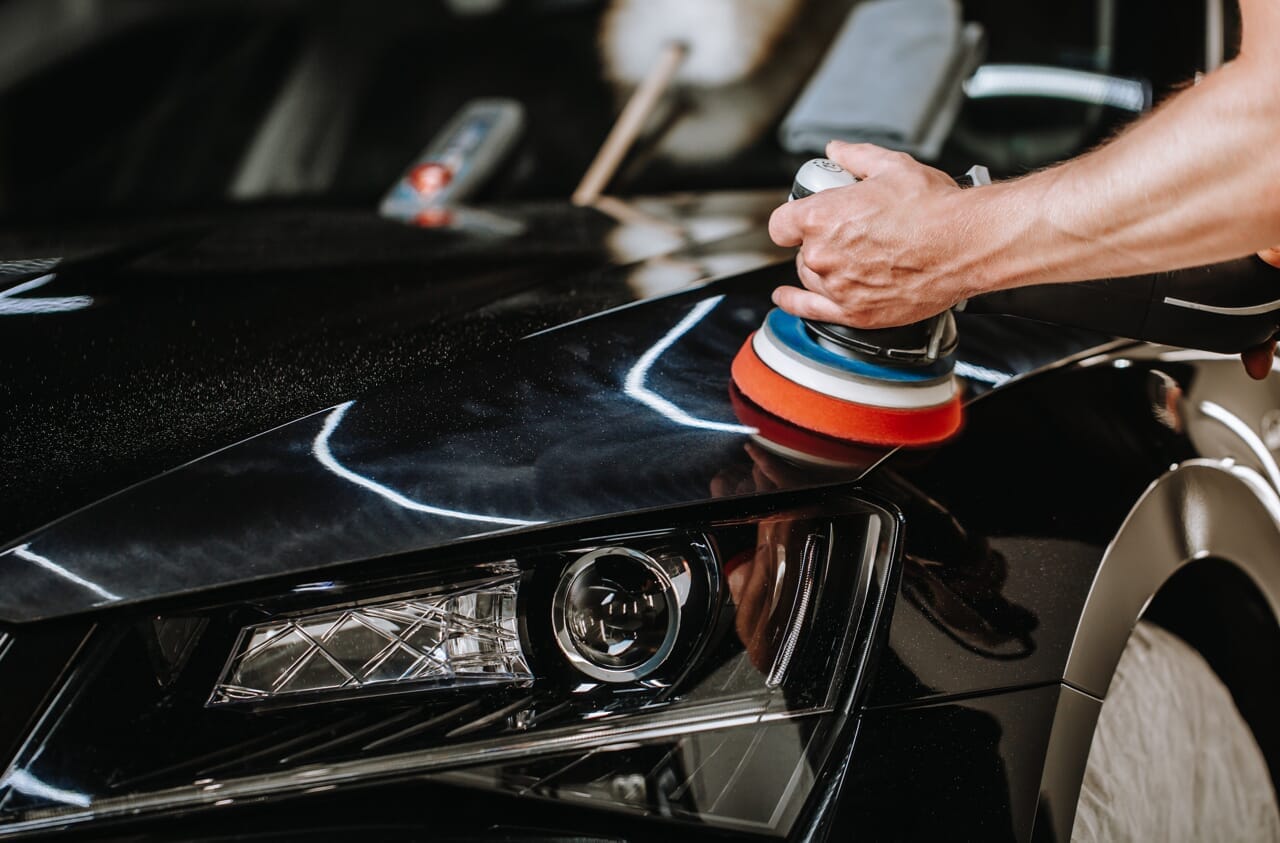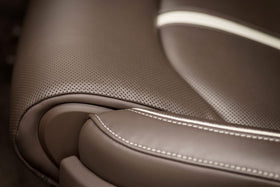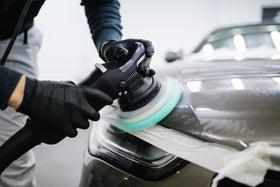
Buffing Pads 101: Everything You Need to Know for Perfect Paintwork
A Guide to Different Types of Buffing Pads and How to Choose the Right One
As an auto detailing enthusiast, you know that using the right tools and techniques can make all the difference in achieving a flawless finish on your vehicle. One of the most important tools in your arsenal is the buffing pad, which plays a crucial role in removing imperfections and restoring the shine to your car's paintwork. In this blog post, we will discuss the different types of buffing pads available and how to choose the right one for your specific needs.
Types of Buffing Pads
There are four main types of buffing pads: wool, foam, microfiber, and hybrid. Each type of pad has its own unique characteristics and is designed to achieve a specific level of correction and finishing.
-
Wool Pads - Wool pads are made from natural or synthetic fibers and are

known for their aggressive cutting power. They are typically used for heavy correction work on heavily oxidized or scratched paint. However, wool pads can generate a lot of heat and may leave swirl marks if not used properly.
-
Foam Pads - Foam pads are the most commonly used type of buffing pad in auto detailing. They come in a variety of colors and levels of aggressiveness, ranging from cutting to finishing. Foam pads are known for their versatility and ease of use.
-
Microfiber Pads - Microfiber pads are made from densely packed microfiber strands and are designed to provide a high level of correction with minimal swirls. They are typically used for heavy correction work on softer paints.
-
Hybrid Pads - Hybrid pads are a combination of foam and wool or microfiber and foam. They offer the cutting power of wool or microfiber with the finishing abilities of foam. Hybrid pads are versatile and can be used for a range of correction and finishing work.

Choosing the Right Pad
When choosing a buffing pad, you need to consider the type of paint you're working on, the level of correction and finishing required, and the pad's durability and heat resistance. Lighter colored cars are generally less susceptible to visible scratches and swirls, so you can use a more aggressive pad. On the other hand, darker colored cars are more susceptible to visible scratches and swirls, so a gentle pad should be used to minimize the risk of creating additional damage.
Additionally, different types of paint may require different levels of correction and finishing. Softer paints may require a gentle pad, while harder paints may require a more aggressive pad. It's important to choose a pad that matches the specific needs of your paintwork.
Proper Maintenance

Properly cleaning and maintaining your buffing pads is essential to prolong their lifespan and ensure consistent performance. After each use, wash the pads in warm water and a gentle detergent, then allow them to air dry completely before using them again. Avoid using fabric softeners or harsh chemicals, as they can damage the fibers of the pads.
In conclusion, choosing the right buffing pad is essential to achieving a flawless finish on your car's paintwork. By understanding the characteristics of each type of pad and considering the specific needs of your paintwork, you can select the perfect pad for the job at hand. Remember to always clean and maintain your pads properly to ensure their longevity and consistent performance.



Leave a comment